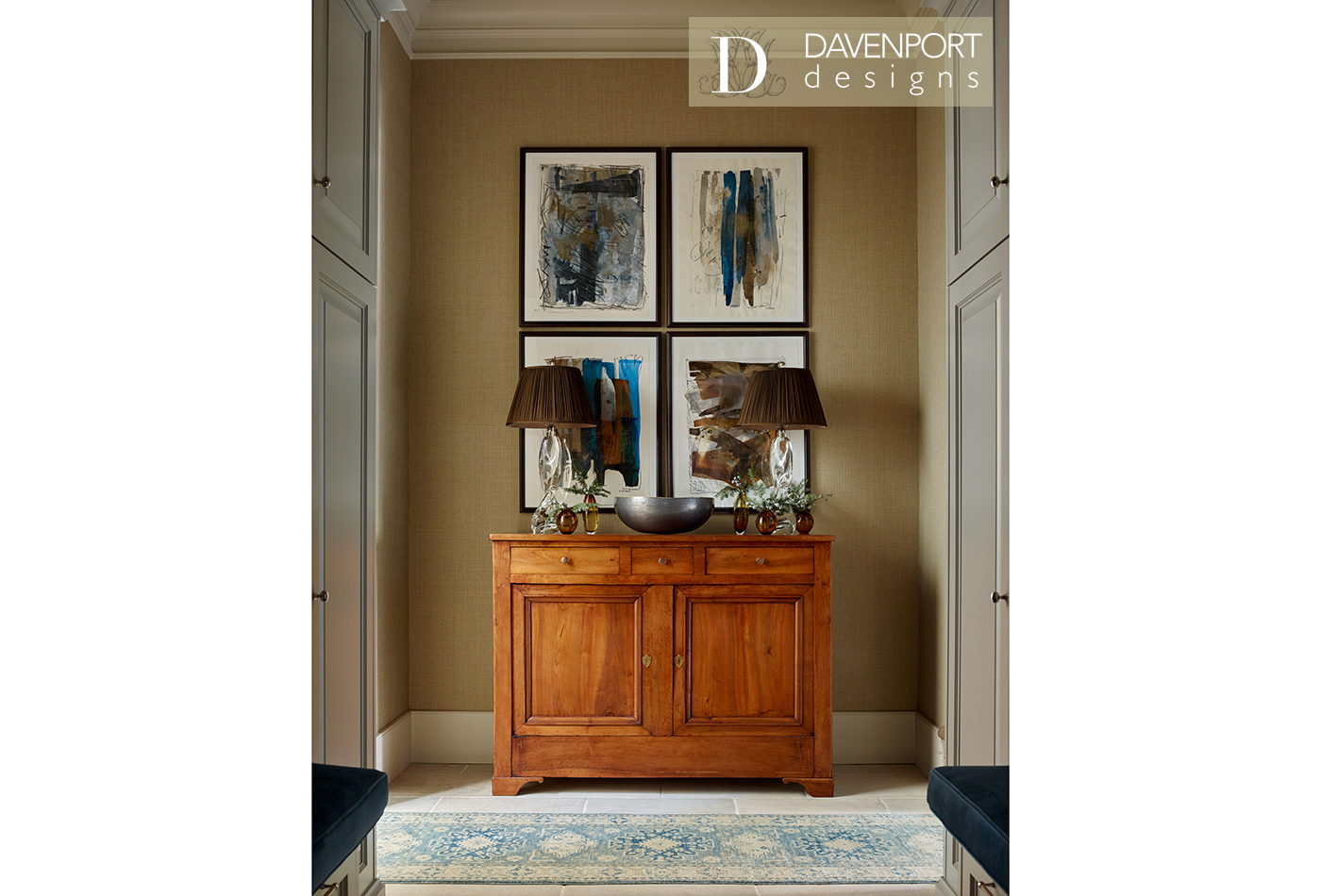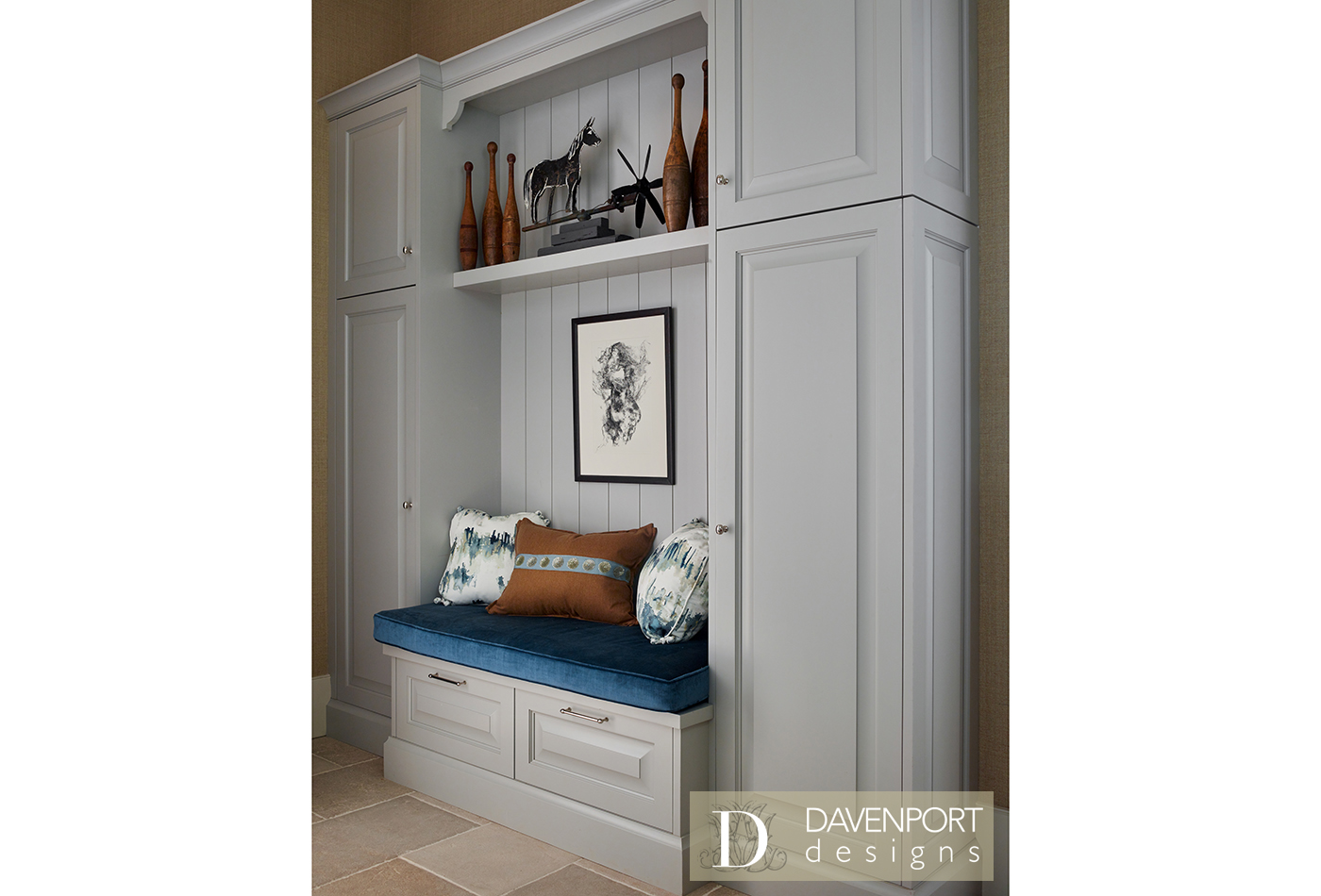When Evaluating Your Space Leads To Dissatisfaction
Well, you took a look-see around your home, and found rooms that make you feel badly. They may hold too much clutter, require constant maintenance, or just look like a hodge-podge of stuff without any flow. If you’re thinking and feeling, “Yuck!”, don’t go too far down a path of self-recrimination.
First and foremost, it’s okay. Life has a habit of creeping up on us, and before we’re aware, big aspects of life can get out-of-whack or wonky right under our noses. Suddenly, we wake up and find ourselves dissatisfied or frustrated with the same things that used to bring us comfort or happiness. Sometimes, the things we leave “’til later” catch up; “later” is now, and you must act.
The whole purpose of intentionally examining your spaces is to discover these hidden problem areas and bring them to light. It’s tough to realize there are problems, but that’s always the first step. Once you become aware, now you can tackle the issues.
There are a whole host of reasons that a space may be unsatisfactory. From the look to the function, a room can fall out of grace when the space doesn’t work for you anymore. The following are two key issues that home examinations typically reveal and some resolutions to the problems:
Messy And Unorganized
Stuff everywhere is not a sign of a lazy person but someone who needs a better system. Most people prefer to live in a neat and organized space, so when paper piles, random objects, kids’ toys, and all sundries (books, pens, shoes, bags, socks) turn up anywhere, that signals a problem of organization.
When everything has a place, then it’s easy to avoid messes. And, as simple as that sounds, that doesn’t mean sticking a label on a box for “pens” and getting all pens inside. No, it’s much more complicated than that; it means that the flow of in your home doesn’t match the requirements for living there.
Your rooms are not following a system of living, so the first step to solving this type of mess is rethinking the use of these spaces in your home. For example, if the office is upstairs but the pens, papers, folders, and files end up downstairs, then your home is telling you something; in this case, the business of life happens downstairs, so you need access to office equipment where the action occurs.
The underlying problem in this case is a lack of flow, and you need to rethink the use of and perhaps repurpose the rooms in your home.
“Lived-In” Versus Styled Homes
Most people try to decorate their homes and want their rooms to look nice. While tastes vary, the consistent message from homeowners is that their home is a place that represents their style. However, it’s not always possible to replicate a personal style onto a larger canvas like a home.
If your examination reveals a “lived-in” home rather than a styled home, then you may have noticed that you like some aspects of your rooms, but something is missing overall. If you feel like the styling in your home is disjointed, then you may be honing onto the key ingredient lacking in your rooms: design.
A design pulls together all elements of a home and tells a story. The purpose of interior decorating is to express this story. The story works when each room tells a chapter of that story, and it all works together. So, styling a home usually requires a sense of cohesion so that the rooms carry elements that share a theme or a color palate that unites all the rooms.
When you decorate without a design, it’s a bit like painting in the dark; when you turn on the lights, you will see an image that has paint, but probably not in the right places. In homes like this, there is a ‘lived-in’ quality. The term “lived-in” describes a home in which there is some décor, but mostly the home life is on display.
For example, the living room has a midcentury modern couch, but there is a confusing assortment of throw pillows that don’t match a theme. In this example, imagine one pillow fits the color scheme but another is shaped like a cartoon character and another is meant for sleeping.
While there is nothing wrong with a lived-in home style, it may contribute to negative feelings. This type of home story may read disjointed or cluttered. The decorations may hit the mark, but the target is obstructed by all the rest of the mismatched or unintended confusion.
Once a design for a home pulls together the rooms, it’s easy to avoid looking lived-in and instead express a clear style.
Fixing The Issue
It can be hard to enlist help when you feel embarrassed or ashamed of your home, or when you try on your own and it fails to live up to expectations. These are real feelings, but they don’t have to hold you back from getting a second pair of eyes to help you.
Sometimes, just a different perspective will fill in the missing pieces. Ask for input from friends or family, but keep in mind that their opinions may strike deeper than intended and could lead to hurt feelings. Consulting a professional interior designer gives you a better sense of trouble spots and solutions without feeling judged.
Another benefit to working with a professional is that solutions can be put into place as small or grand scale as you need. From a few tweaks to an overhaul, you can get advice that keeps the big picture in mind and your budget.
Discovering that your home needs attention is not a bad thing, and most would fall in this category after a good look around. Taking that examination of the spaces is a brave first step, and now the fun can start as you retool and create change. Be sure to take a before picture because nothing feels as satisfying as looking at the differences in the after image. You’ll hardly remember a time when life didn’t include the peace and serenity that comes from a home in order.




